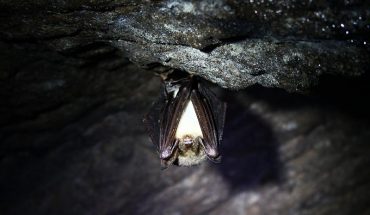Higher plants are what make almost every metre of land in Scotland green in summer. You will find higher plants from the high tide mark to our mountain tops. They come in every size from huge ancient trees to herbs so tiny that you may not notice them. Most have flowers that further brighten our environment in their season. They provide the livelihood of every farmer and forester and the food of the majority of animals. Every year higher plants lock up tonnes of the carbon dioxide that is causing global warming. Without them existence would be impossible: they even make the very oxygen we breathe.
Contents
Overview of Scottish plants
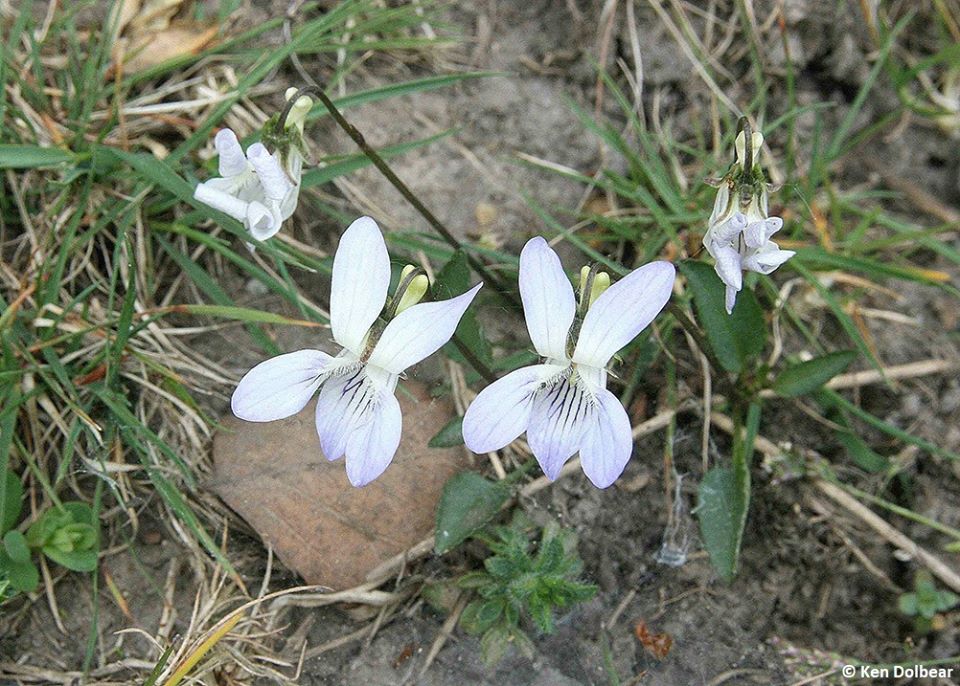
In Scotland there are about 2,000 species of flowering plants. Almost all are found elsewhere in the world, but because of this, you can be linked to distant places by the higher plants you see. On the mountains, for instance, there are plants, such as the saxifrages and mountain willows, that you will see in Scandinavia and the Arctic. The Scottish primrose is the exception found nowhere else in the world.
Spectacular!
We have some higher plant spectaculars in Scotland that are also restricted to our part of the world. Woods which turn blue in spring as the bluebells flower are at their most impressive in Britain. But Scotland’s most famous higher plant show is the August purple of the heather moors. The moors were created by the removal of the natural woodland and are maintained by careful methods of burning developed over the past two centuries designed to increase the numbers of grouse available to shoot.
Under pressure
The local variety of plant species has been generally reduced by human activities, especially over recent decades as we have become more effective at increasing the productivity of the countryside. Higher plants can obviously be affected by destruction of habitats or spraying of herbicides but also by more subtle changes such as altering the number of grazing animals or by adding fertilisers. The Scottish plant trends indicator suggests that the number of plant species declined since 1998 across the majority of habitats. The greatest decrease (23%) in plant species richness was recorded in fen, marsh and swamp habitats. But there are still special places that you can visit to see examples of habitats that are managed in ways that permit a wide range of plants to survive and higher plants still make even our cities more attractive.
Protecting our plants
Scottish Natural Heritage (SNH) helps to protect plants by including them in the Species Action Framework and by the protection given to designated sites. SNH works with and also helps to support voluntary organisations which help plants.
If you want to help conserve plants or just learn more about the wild plants around you, you can become a member of the special interest groups like the Botanical Society of the British Isles , Botanical Society of Scotland , Plantlife and the Wild Flower Society . You can also help in their work. Botanical Society of the British Isles volunteers carry out the vital national monitoring of Scotland’s plants, Plantlife volunteers protect individual populations of threatened plants. The Wild Flower Society provide an excellent introduction to our wild plants. The Botanical Society of Scotland host talks and lectures on plant matters throughout Scotland.
Woodland Plants
Woodland is the natural habitat that once occupied the largest part of Scotland’s land surface. It has been replaced by fields in much of the lowlands and driven off most of our mountains by grazing and burning but we still have some fine examples that enable you to imagine what living in Scotland was once like. Plants make up much of that experience and its not just the trees.
Bluebell woods
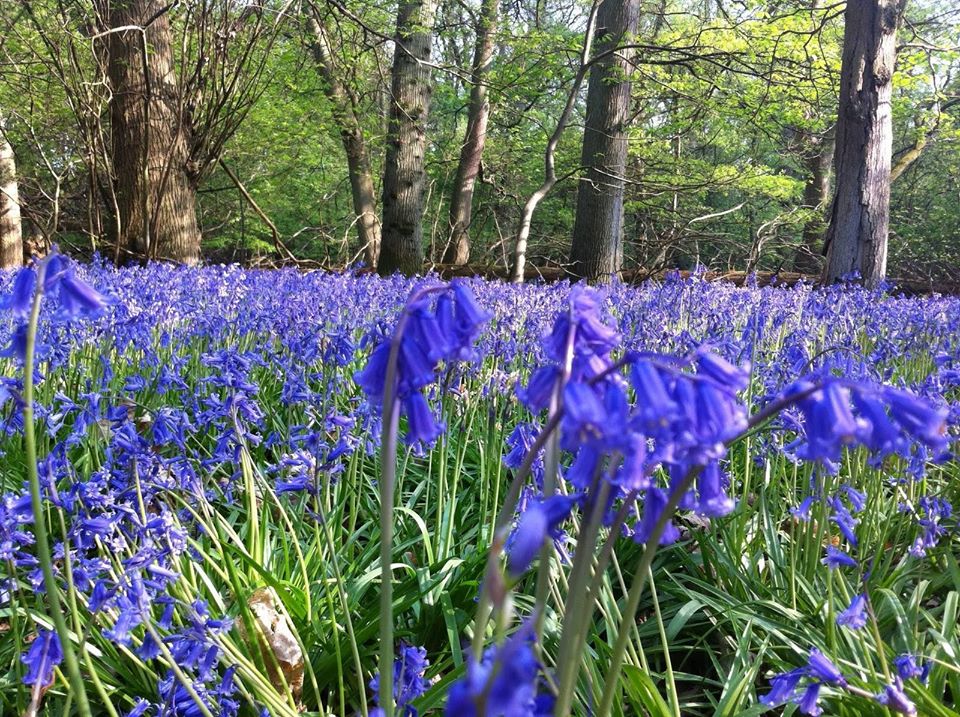
In summer the developing leaf canopy of the trees plunges most woodlands into deep shade starving the plants on the woodland floor of sunlight and food. To deal with this many woodland plants therefore start to grow in the winter, flower in spring and die back in mid-summer. The bluebell is the most spectacular of these species since it can turn whole woodlands blue in May but before that you may notice the gold of the celandine and the white of wood anemones (Flúr na Gaoithe or windflower – all its names Gaelic, English and Latin refer to the trembling of this plant in brisk March winds).
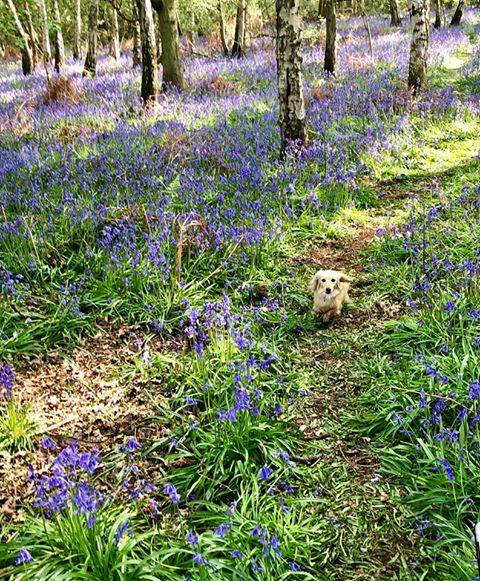
Celandine leaves begin to grow in November to be ready for their 15 days of fame in the spring. These plants need an underground food store to sustain their burst of growth early in the year, just as the daffodil uses its bulb. The wonderful bluebell display is restricted to the Atlantic coast of Europe, where winters are relatively mild, and is at its best in Britain.
Pine wood plants
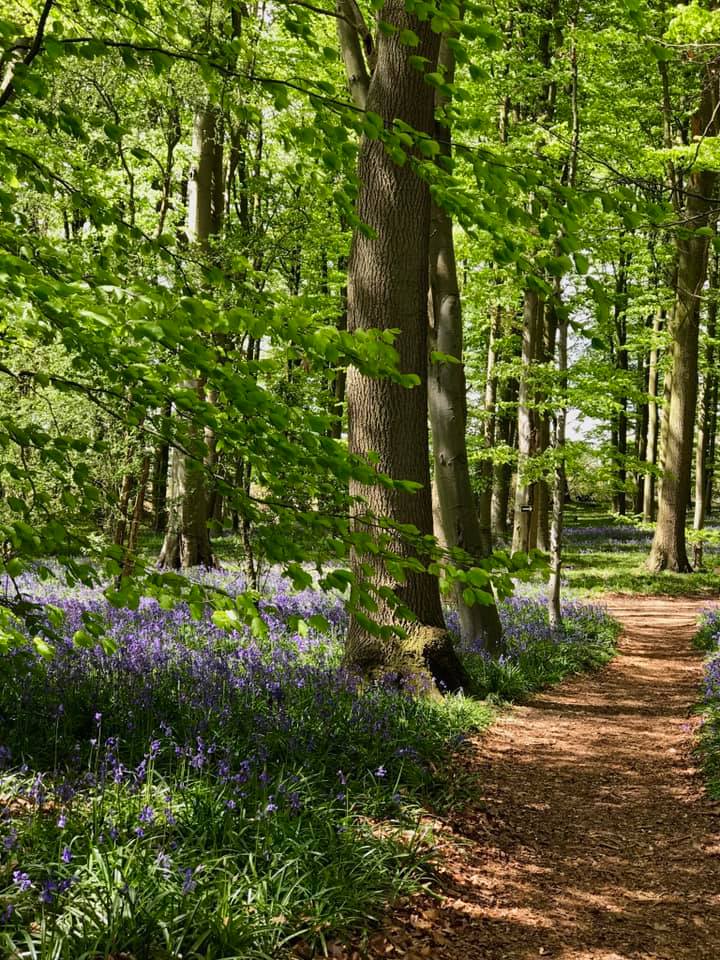
In our pine woods the canopy is stable all year and usually the most obvious plant on the woodland is heather. There is some evidence that this has only been the case for a few hundred years and that the ground story was previously dominated by blaeberry Vaccinium myrtilus. Amongst the blaeberry you will find specialist pinewood plants like the creeping lady’s tresses Goodyera repens and the twinflower Linnaea borealis. The Latin name is named after the inventor of the Latin naming system for species, the Swedish botanist Linnaeus. It has delicate pink or white flowers, two to a stalk and a faint but delicious scent of vanilla.
Plants of mountains, heaths and bogs
Our mountains are the last home to plants that were widespread across Britain when the ice-sheets pulled back leaving a country bare but for rock, rubble and water. Now they have mostly retreated to the arctic or high mountain ranges in Scandinavia or the Alps but some still make a precarious living on crags and cliffs or summit ground of our Scottish hills. The spread of sheep and a considerable increase in the numbers of red deer have removed most of the more palatable species from accessible ground but on the best cliffs, such as those on Ben Lui National Nature Reserve, you can still find hanging natural gardens of rare and beautiful plants that are unsurpassed by any other plant habitat in Britain. Look for species like the globe flower Trollius europeaus or the alpine blue-sow-thistle Cicerbita alpina. Be aware if you visit to not get too carried away with your excitement and remain within your climbing abilities.
Heathland on the slopes
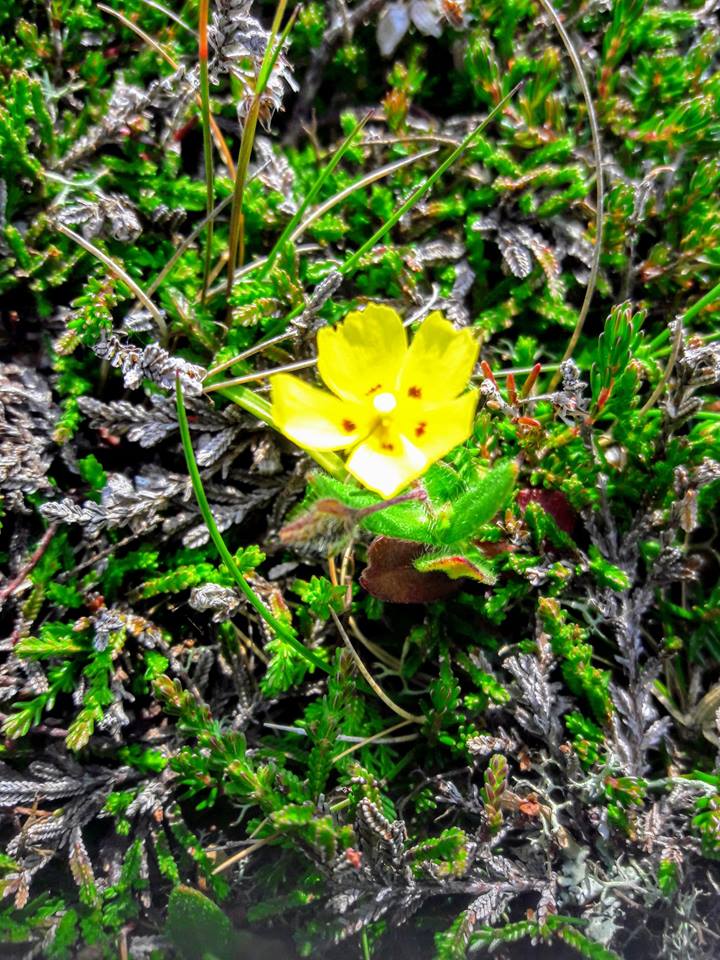
The huge increases in the number of animals grazing our hills has led to a remarkable change. The woodlands have been removed from nearly all the lower slopes (by the constant grazing of every last seedling) but this enabled heathland species, most famously the heather or ling Calluna vulgaris, to flourish.
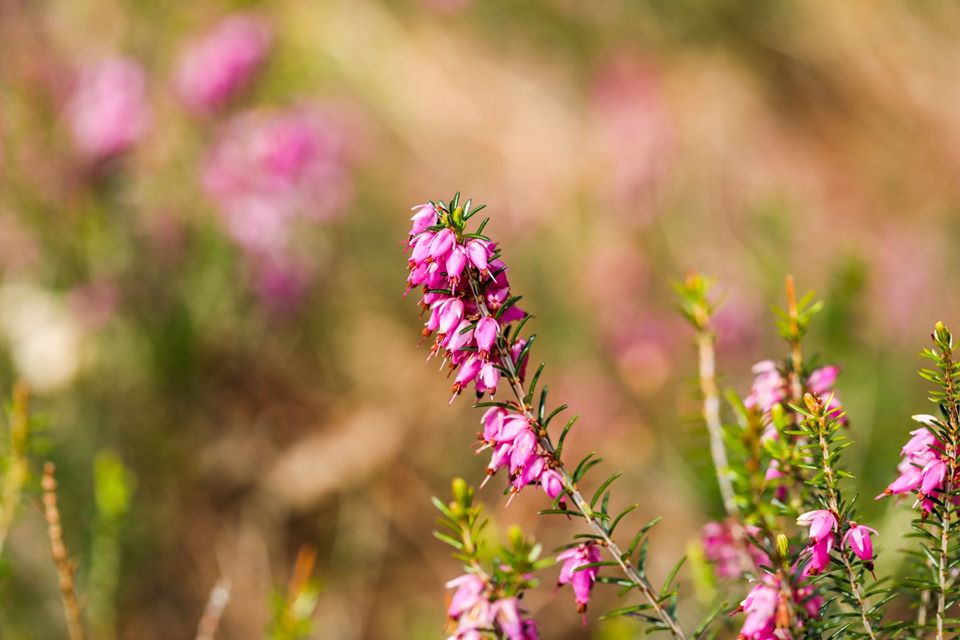
The result is the purple slopes you see when the heather flowers in August. Burning management, developed to increase the number of red grouse for shooting, helps to maintain and simplify this habitat.
The heaths of the high tops
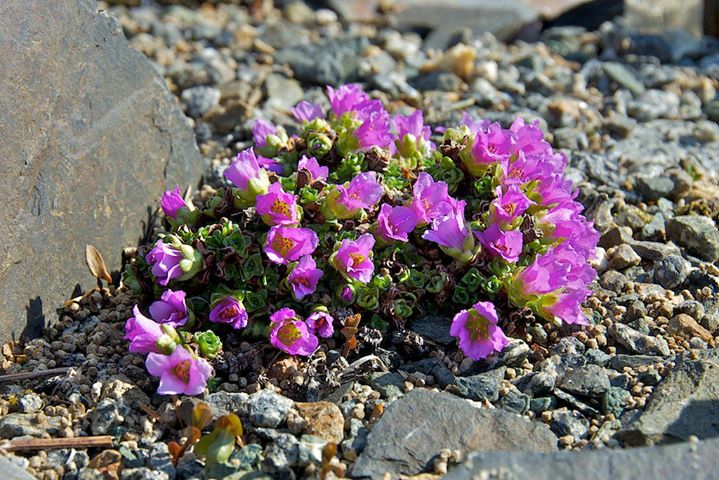
On the tops of the tallest hills, woodland has never grown and the habitats you find there are, in contrast to the lower slopes, are perhaps the most unmodified habitats in Scotland. The species are mostly subtle like the tiny three-leaved rush Juncus trifidus but look out for such beauties as the purple saxifrage Saxifrage oppositifolia which may provide a splash of colour as early as March.

The blanket of snow

Many mountain plants only live in such places because stronger plants eliminate them elsewhere. Some are relatively frost-sensitive and can only survive where snow builds up in winter to insulate them from the hardest frosts. Climate change is likely to reduce our snow cover and so may it may be winter frost rather than warmer summers that threaten these plants in future. Plants such as the blue heath Phyllodoce caerulea which is found in Scotland only in the mid-season snow beds at Drumochter and on Ben Alder which used to melt in early June, may be living now on borrowed time. The plants of the summits, like the three-leaved rush, are blown clear of snow and able to survive the hardest frosts.
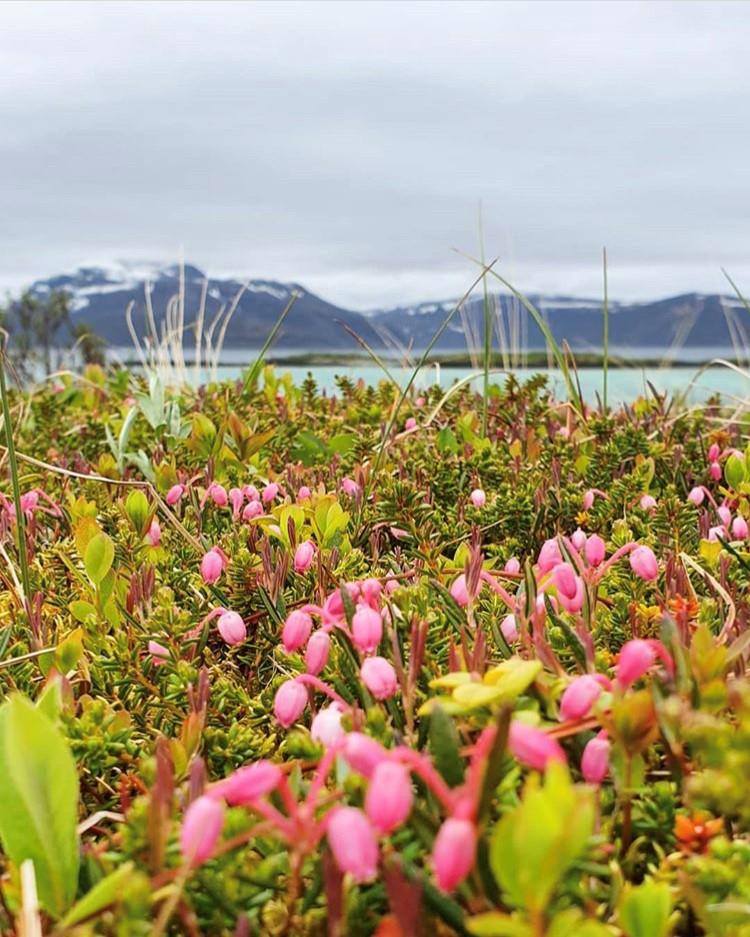
For them the appearance of grasses from milder zones is the greatest threat from changing climate.
Bogs
The blanket bog which covers the gentler slopes of many of our hills and mountains is a difficult place for plants to grow. Constantly waterlogged and cut-off from soils, rocks and other sources of nutrients by the deep layer of peat, only a small number of flowering plants do well here. Tussocks of hare’s-tail cotton grass build up over time and in all but the wettest areas three shrubs: heather, cross-leaved heath and crowberry are widespread. Cloudberry and dwarf cornel are two attractive plants at the southern edge of their range in Scotland which are blanket peat specialists, rarely occurring in other habitats. Few woody species or trees can tolerate the permanently wet conditions but the tiny dwarf birch finds a home on blanket peat where burning doesn’t take place and levels are low.
Plants of lochs, rivers and marshes
Scotland’s rivers lakes and marshes have a rich variety of flowering plants. We have plenty of freshwater but it’s what kind of water: deep or shallow, fast-flowing or still, acidic or rich in nutrients which decides just which plants you will find.
Life in the flow
Flowering plants find it hard to gain a foothold in our fastest flowing streams and rivers. Where the current slows, particularly in the south and east of Scotland, water crowfoot (a member of the buttercup family) forms patterns of clumps of trailing green stems and floating mats of yellow-white flowers. Of all our rivers the Tweed has the greatest variety of crowfoots including some unique hybrids found nowhere else such as Kelso water crowfoot.
All washed up
River shingles are hazardous places for plants to grow but seeds and fragments are constantly being washed up on them. In the hill country you can spot arctic-alpine plants such as alpine lady’s mantle and purple saxifrage washed down from the cliffs high above growing at surprisingly low altitudes. In the lowlands a walk along the river shingles brings rather different discoveries as many of the plants are not native but garden escapes such as lupins or, more frequently, tomatoes growing from seed spread by a rather different mechanism !
Marshes- it’s all in the rock
Unlike plants growing on peat bogs, where the rainfall alone brings meagre supply of nutrients, the plants found in our marshes mires and fens receive nutrients from the surrounding rocks and soil. Where the surrounding rock is acidic and low in. nutrients plants like bog bean, soft rush and marsh cinquefoil do well. Where the water in the marsh has flowed over rock or through soils richer in minerals the flora can be very different. Greater tussock sedge grows in these conditions and is, as its name suggests, a giant growing up to 1.5 metres in height. By contrast grass-of-Parnassus is not what it sounds at all but a beautiful and delicate white flower which thrives where the water has plenty of minerals and lime.
Coastal and marine plants
The coastal habitat suffers some of the worst of the Scottish climate but, as usual, there are plants that tolerate or even demand the type of rough loving. Because they are marginal and difficult to modify with rock near the surface, many coastal habitats are now richer in flowering plants than those we have found it easier to subvert to our use. Grasslands on the coast are often full of flowers, the best known being the machair of north-west Scotland.
There is only one higher plant that has broken into the true marine environment – eel grass Zostera – all the other plants of the sea are ancient algae that are still beating the much more modern, upstart vascular plants here.
Made in Scotland
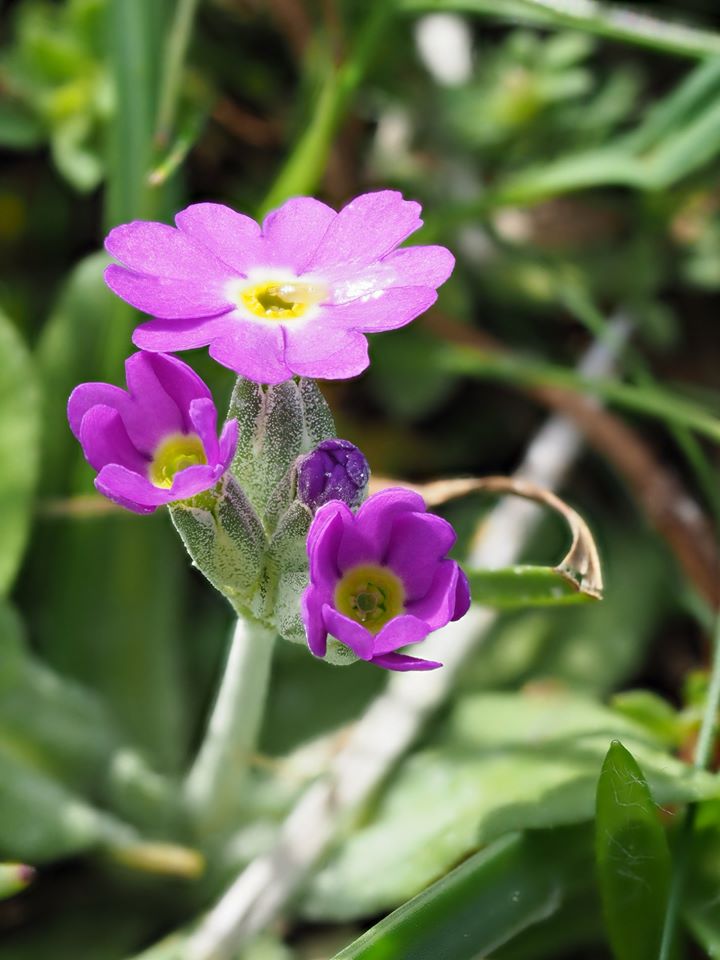
The most unique plant of Scotland’s coastal habitats is the Scottish primrose, Primula scotica. It is found in Orkney and on the northern coast of the mainland and nowhere else in the world. This tiny delicate purple primrose has a delicate scent rarely detected, by human noses at least, in its windswept habitats. Test your nose when you meet it. The core of its habitat is the storm battered edge of clifftops where the winds trim back its taller competitors which would smother it elsewhere. Grazing by our sheep has probably extended the range of this species back from the cliff tops into close-cropped pastures.

Here today, gone tomorrow, back….?
The combination of soft habitats and mighty storms means that coastal plants may be swept completely away but many, like the oyster plant, appear to find their way back – presumably their seeds are washed or blown in from elsewhere. However we compete with plants for their habitat and development has caused the permanent loss of some populations. Changes in management, such as reductions in the grazing of flower-rich habitats can also cause losses where taller grasses and even scrub can gain a hold.
Plants in our towns and cities
Flowering plants and ferns find many places to grow in our towns and cities.
Islands
As our cities and towns have grown they have surrounded but preserved fragments of natural habitat. These islands of ravine woodland, grassland, scree and cliff are important refuges containing species of wild plants not found elsewhere in the urban landscape. Sometimes these plants can be rare and vulnerable species such as the sticky catchfly and forked spleenwort on Arthur’s Seat in Edinburgh. Relics of our industrial past such as shale bings have created islands of new habitat which have developed a unique flora of their own.
A river runs through it
Our towns and cities grew up along the side of rivers, streams and estuaries. As well as functioning a important wildlife corridors these watercourses retain many of the native streamside plants such as water avens, giant bellflower and water mint. These native species are often part of a lively species mixture which includes garden escapes and amenity planting.
Non-native species ? unwanted invaders or welcome newcomers
Non-native plant species are those which man has brought either deliberately or accidentally to areas beyond their natural range. In our towns and cities a large proportion of the plants growing in a wild state are non-natives. Some plants such as Himalayan balsam are garden plants which have jumped the garden fence to become established in the wild, other have arrived through international transport and shipping. Non-native species can add to the colour of our towns and cities and by colonising waste ground turning it green increase the area plant cover in a concrete jungle but a small proportion become highly invasive. Giant hogweed is a good example of an invasive plant species that becomes a problem not only as it displaces native plants and blocks pathways but also because it has toxic sap.
Going wild in public places
There is a great opportunity to increase the wildlife of our towns by leaving wild plants to grow naturally where they are not in our way. This has the added benefit of reducing the cost of the mowing and spraying needed to manage them. Birds, butterflies and bees will all benefit. People may initially complain of what seems untidy but soon adapt when the advantages are explained.
Going wild in your garden
Wildlife cannot survive without habitat and every little helps, even a corner of your garden. The classic green garden addition is a little flower-rich meadow or nettle patch for the butterflies but many of our gardens are too small even for that. So think single species – every native plant is a small victory for wildlife. And some of our native plants are truly beautiful. What about wood anemone and native bluebell in a difficult shady spot? In the sunshine, try the globeflower, one of the native geraniums or the lovely melancholy thistle. The last does not live up to its name, it is a purple beauty, it could not be more Scottish and it has no inconvenient spines

